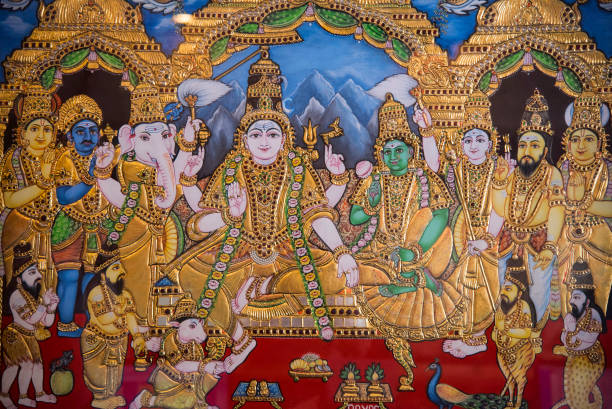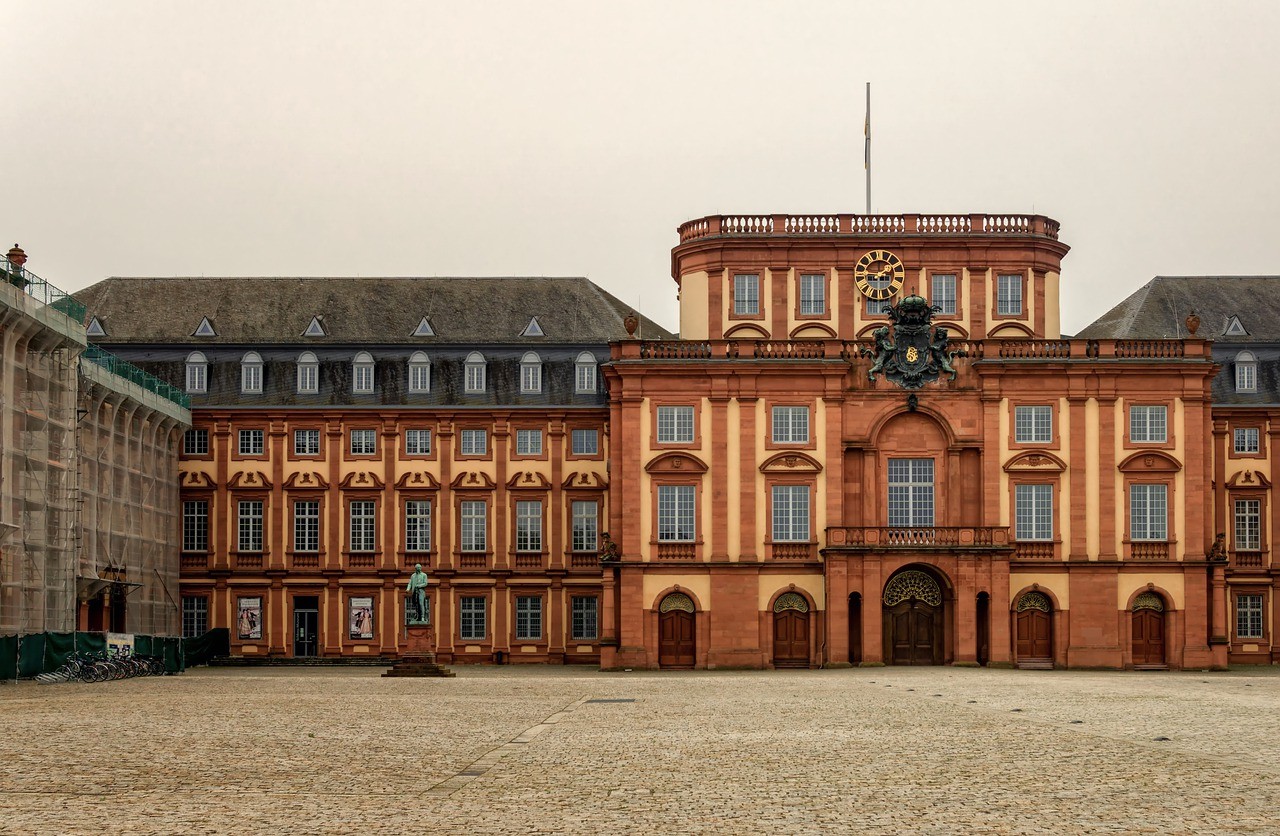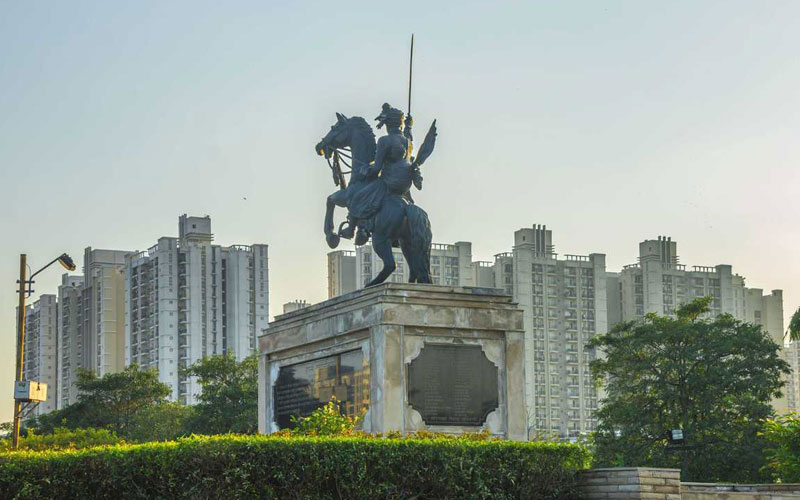The Division of labour is the theory given by Emile Durkheim as a result of his intellectual analysis in 1893. This theory explained the way how the social order was maintained in different types of societies. Emile Durkheim Division Of Labour
The Division of labour clarifies the relation between persons and the group and how the diversity of individuals attain social unity.
Also, Durkheim mentioned the basis of social solidarity as an important postulate in his book named ‘The division of labour’ where solidarity referred to the strength of organization altogether. He considered it a distinguishing feature of society.
Some of the important standpoints of The division of labour are as follows: Emile Durkheim Division Of Labour
- Durkheim says that the traditional societies can be observed in unity as in these societies, every person was mostly similar to the other. Awareness of a group is highly isomorphic with individual awareness.
- In the present world, modern societies are formed. In such societies, a highly complex division of labour can be noticed. As a consequence, there are people with different occupational specializations.
- Since each occupation is in some way dependent on the other, dependencies among people with different occupational specializations were created and kept people tied together as no one can fulfil their needs by themselves. Emile Durkheim Division Of Labour
- Increased division of labour has caused a rapid change in society which can lead to a state of confusion about rules and a growing impersonality in social life.
- This can further lead to an interruption in laws regulating the behaviour and sense of anomie.
- In Division of Labour Durkheim countered in contradiction the opinion that modern industrialized society could be centred simply upon arrangement between people moved by self-interest and without any previous consent. Emile Durkheim Division Of Labour
- Durkheim decided that the kind of consent in current society was different from that in simpler social systems.
- Talking about solidarity, Durkheim revealed that primitive society is characterised by mechanical solidarity based upon integrity and principles collectively and modern society is characterised by organic solidarity based on the division of labour.
- Durkheim claimed that division of labour happens not only in economic doings but in all spheres of life. For instance, at home, the labour is domestically divided which is considered to be a social phenomenon. Emile Durkheim Division Of Labour
- According to Durkheim, the division of labour was lower in primitive societies and higher in modern societies. This is because, in primitive societies, the activities of people were controlled by society’s rules and values whereas in contemporary society, the control of rules and values is destabilized and the power of collective integrity is pathetic. Emile Durkheim Division Of Labour

Three social factors explain the division of labour.
- Moral density (intensity of interaction among individuals)
- Material density ( no. of individuals living in a given area)
- The volume of society (size of population)
Functions of the division of labour.
- Division of labour is a peaceable resolution to the desires created by the upsurging population.
- Since society is based upon the heterogeneity of relations, division of labour can help in attaining efficiency.
- Laws become more reformative with the division of labour.











